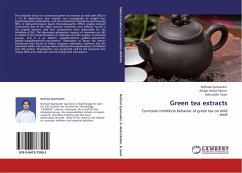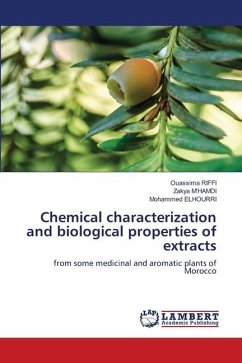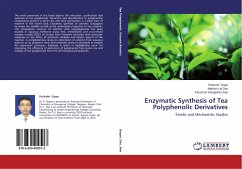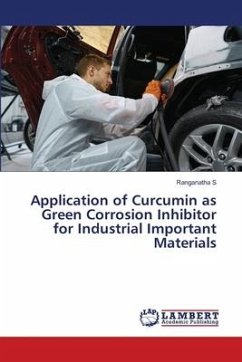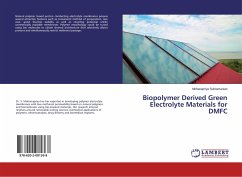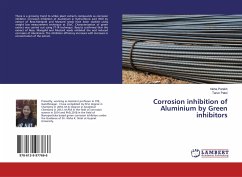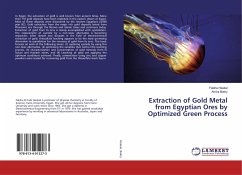The inhibitive action of commercial green tea extracts on mild steel (MS) in a 1.0 M hydrochloric acid solution was investigated by weight loss, potentiodynamic polarization, and electrochemical impedance spectroscopy (EIS). A high-performance liquid chromatographic (HPLC) analysis showed conclusively that of the eight catechin monomers and caffeine found in the original extracts, only four components were responsible for the inhibition of MS. The decreasing adsorption capacity of monomers on MS is related to the stereochemistry of molecules and the number of phenolic groups, and it is as follows: epigallocatechin gallateepicatechin gallateepigallocatechinepicatechin. Adsorption of green tea extract constituent was found to follow Langmuir adsorption isotherm and the calculated Gibb s free energy values indicated the physisorption of inhibitor over MS surface. Physisorption was supported well by the potential zero charge (PZC) and molecular surface energy-level calculations.

